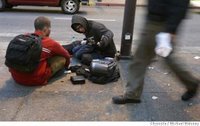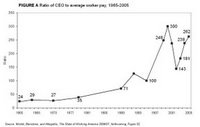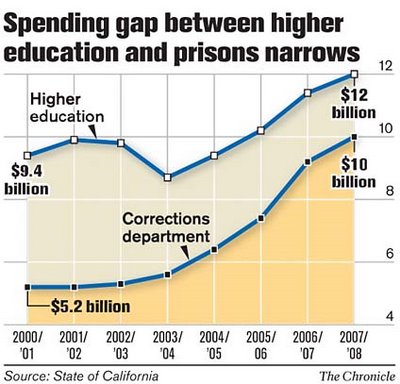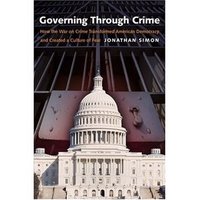 a former minneapolis police chief once tried to criminalize homelessness via panhandling licenses. the proposal couldn’t get much traction in my fair city, and the chief was quickly dispatched to texas. today, such efforts continue in every city. the san francisco chronicle reports on berkeley mayor tom bates’ more clever method to sweep the streets of the indigent:
a former minneapolis police chief once tried to criminalize homelessness via panhandling licenses. the proposal couldn’t get much traction in my fair city, and the chief was quickly dispatched to texas. today, such efforts continue in every city. the san francisco chronicle reports on berkeley mayor tom bates’ more clever method to sweep the streets of the indigent:
As Mayor Tom Bates sees it, the alcoholics, meth addicts and the like who make up a good portion of the homeless population on Shattuck Avenue downtown and Telegraph Avenue on the south side of the UC Berkeley campus “almost always smoke.” And because smoking bans are the hot ticket these days for California cities, why not meld the two as part of a “comprehensive package” for dealing with the street problem that Bates says “has gone over the top”?
ah, the comprehensive package! by tapping into the status politics of the anti-smoking crusade, the mayor will gain bipartisan support for measures that are punitive and restrictive, if not outright repressive. think about it — what self-respecting left-coast liberal wouldn’t support a smoking ban?
So far, Bates’ ideas seem to be fitting fine with the Berkeley mind-set. When the smoking ban came up for discussion before the City Council last week, it was smooth sailing.
“I don’t see anyone on the council voting against it,” said Councilman Kriss Worthington. “In fact, it’s possible that some council members would ban smoking throughout the entire city.”
i can see one political barrier to mayor bates’ plan, though it comes from the right rather than the left: he’d pay for the homeless smoking crackdown by raising city parking rates fifty cents per hour. while consistent with the “berkeley mind-set,” such a move could cost him the support of the city’s compassionate conservatives. repression is one thing, but repression with a tax hike quite another.
 conrad defiebre offers a nice story on crafty inmate quilters in monday’s strib.
conrad defiebre offers a nice story on crafty inmate quilters in monday’s strib. 








